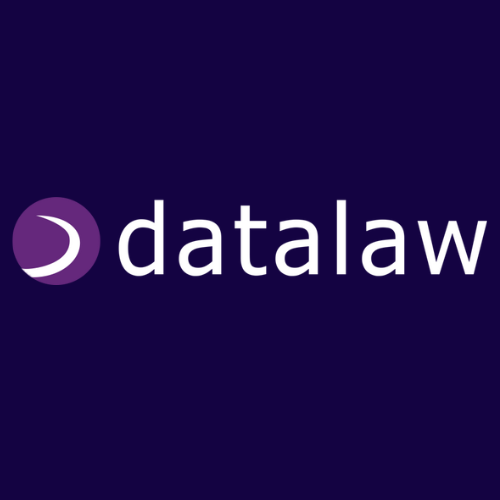Sexual harassment has become very topical, but as an employer do you know what point someone’s actions become unlawful? Can you distinguish between what is banter and what is harassment?
This course is essential viewing for managers, partners, practice managers and those involved in HR who may be required to act on an allegation of sexual harassment in the workplace.
Lecturer Kathy Daniels will begin the webinar by offering commentary on the following sexual harassment case law decisions, outlining the circumstances of each and why they were successful:
Urbanska-Kopowska v McIlroy and another t/a Mac’s Quality Foods [2008]
Moonsar v Fiveways Express Transport Ltd [2004]
Insitu Cleaning Co Ltd and another v Heads [1995]
Munchkins Restaurant Ltd and another v Karmazyn and others [2009]
Viewers will be encouraged to reflect upon why it is important to have a harassment policy in the workplace and, for those firms who do not currently have a policy in place, viewers will receive guidance on how to draft a harassment policy and what this should include.
Kathy will provide advice on how to manage an allegation of harassment in terms of how to investigate the claim and why it is important to liaise with the complainant throughout the process.
This webinar will also tackle the issues which arise should an investigation conclude that harassment has taken place; Consideration will be given to what you must take into account when determining what action to take against those responsible.
Finally, Kathy will invite viewers to examine their own workplace, office culture and the environment in which their staff operate. As always, prevention is the best cure, so viewers will receive guidance on what steps they can take to reduce the likelihood of harassment occurring within their firm or workplace.






 1703 Users
1703 Users 51 Courses
51 Courses
